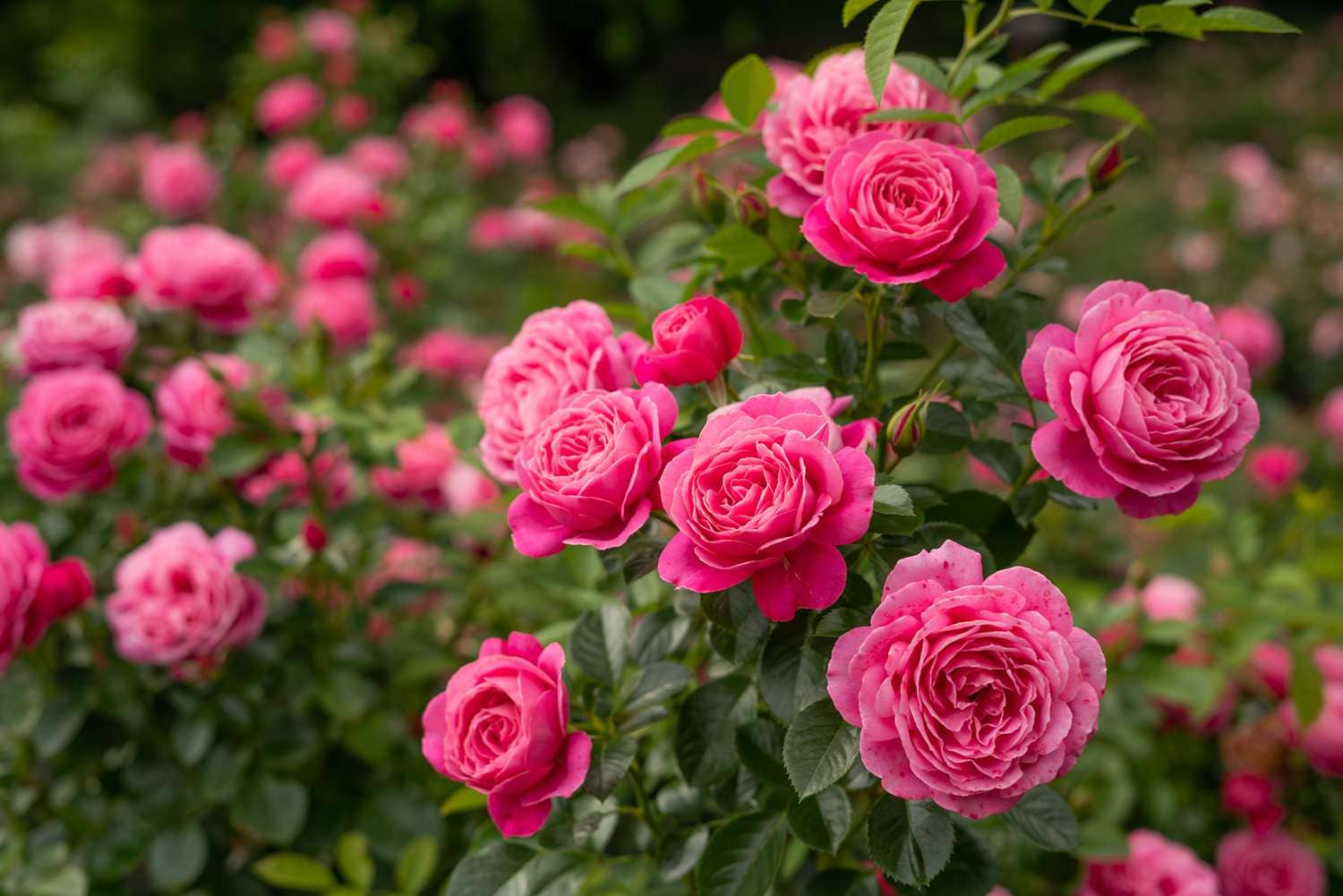Creating a pink rose garden can transform any outdoor space into a vibrant, enchanting oasis. With their soft hues and delightful fragrance, pink roses are a favorite among garden enthusiasts. Whether you’re an experienced gardener or a novice looking to add a splash of color to your garden, this guide will provide expert advice to help you cultivate a stunning pink rose garden.
Introduction
A garden filled with pink roses is not only visually captivating but also evokes a sense of romance and tranquility. Pink roses come in various shades, from pale pastels to vibrant fuchsias, each adding a unique charm to your garden. This article will guide you through the essential steps to create a breathtaking pink rose garden, including planning, planting, and maintaining your roses to ensure they thrive and enhance your outdoor space.
Planning Your Pink Rose Garden
1. Choosing the Right Location
The first step in creating a stunning pink rose garden is selecting the ideal location. Roses thrive in sunny spots with at least 6 to 8 hours of direct sunlight daily. Choose a location with well-drained soil, as roses are prone to root rot if their roots sit in waterlogged conditions. To test your soil’s drainage, dig a hole about 12 inches deep and fill it with water. If the water drains within an hour, the soil is well-drained.
2. Selecting Pink Rose Varieties
Next, choose the pink rose varieties that will best suit your garden’s design. There are numerous pink rose varieties, each with its unique characteristics:
- Hybrid Teas: Known for their large, high-centered blooms, hybrid teas are perfect for creating a formal garden look.
- Floribundas: These roses produce clusters of flowers, providing a more informal and abundant display.
- Climbers and Ramblers: Ideal for covering trellises or arbors, these roses add vertical interest and can create a stunning backdrop.
Consider mixing different varieties to achieve a diverse and visually appealing garden.
3. Designing Your Garden Layout
Plan your garden layout to ensure that your pink roses are the focal point. Create a design that includes pathways, borders, and perhaps even seating areas to enjoy the beauty of your roses. Consider planting taller varieties in the background and shorter ones in the foreground to create a layered effect. Additionally, think about the spacing between plants to avoid overcrowding, which can lead to disease and poor air circulation.
Planting Your Pink Roses
1. Preparing the Soil
Prepare the soil before planting by enriching it with organic matter, such as compost or well-rotted manure. This improves soil structure, fertility, and drainage. Work the soil to a depth of at least 12 inches and mix in the organic matter thoroughly.
2. Planting Techniques
Plant roses in the early spring or fall, when temperatures are cooler and the soil is workable. Dig a hole that is twice as wide as the rose’s root ball and slightly deeper. Gently remove the rose from its container and place it in the hole, ensuring that the graft union (where the rose variety is joined to the rootstock) is level with the soil surface. Backfill the hole with soil, tamping it gently to eliminate air pockets. Water thoroughly to help the soil settle around the roots.
3. Mulching and Watering
Apply a layer of mulch around the base of each rose bush to help retain moisture, suppress weeds, and regulate soil temperature. Organic mulches like bark or wood chips are ideal. Water your roses regularly, especially during dry periods, but avoid overhead watering to prevent fungal diseases. Aim to water at the base of the plant, allowing the soil to dry slightly between waterings.
Maintaining Your Pink Rose Garden
1. Pruning and Deadheading
Regular pruning is essential for maintaining the health and appearance of your rose garden. Remove dead or diseased wood and any spent flowers (deadheading) to encourage new blooms. Prune your roses in early spring before new growth begins, shaping them to promote an open center and remove any crossing branches.
2. Fertilizing
Feed your roses with a balanced fertilizer designed for flowering plants. Apply fertilizer in early spring, when new growth starts, and again in midsummer to support continuous blooming. Follow the manufacturer’s instructions for application rates and methods.
3. Pest and Disease Control
Monitor your roses for common pests, such as aphids, spider mites, and Japanese beetles. Use insecticidal soap or neem oil to control these pests if necessary. Additionally, watch for signs of diseases like black spot or powdery mildew. Proper spacing, good air circulation, and avoiding overhead watering can help prevent many rose diseases.
Conclusion
Creating a breathtaking pink rose garden requires thoughtful planning, careful planting, and diligent maintenance. By choosing the right location, selecting diverse pink rose varieties, and following expert planting and care techniques, you can cultivate a garden that bursts with color and beauty. With the right attention and care, your pink rose garden will become a cherished retreat, offering joy and serenity for years to come.

